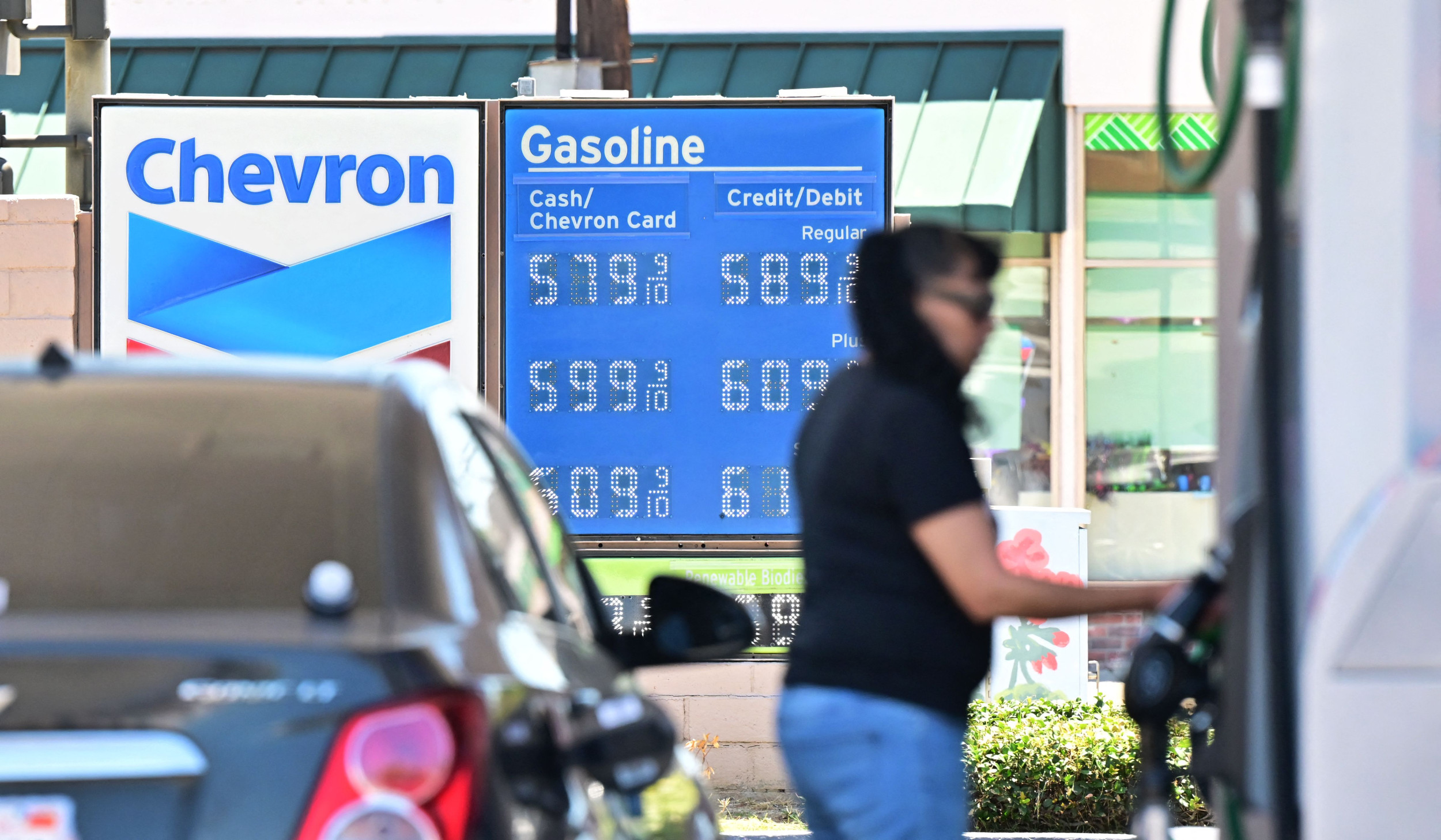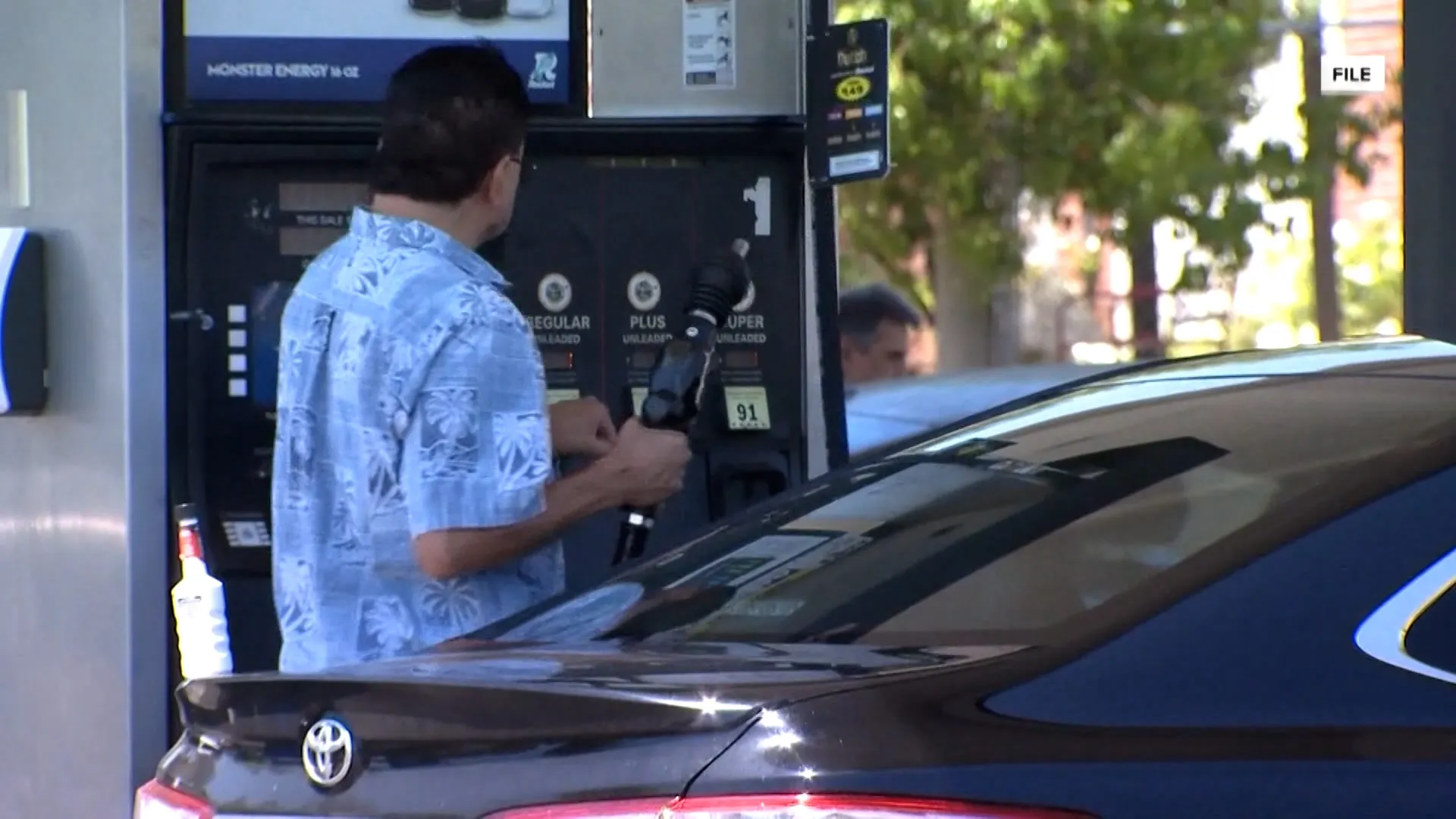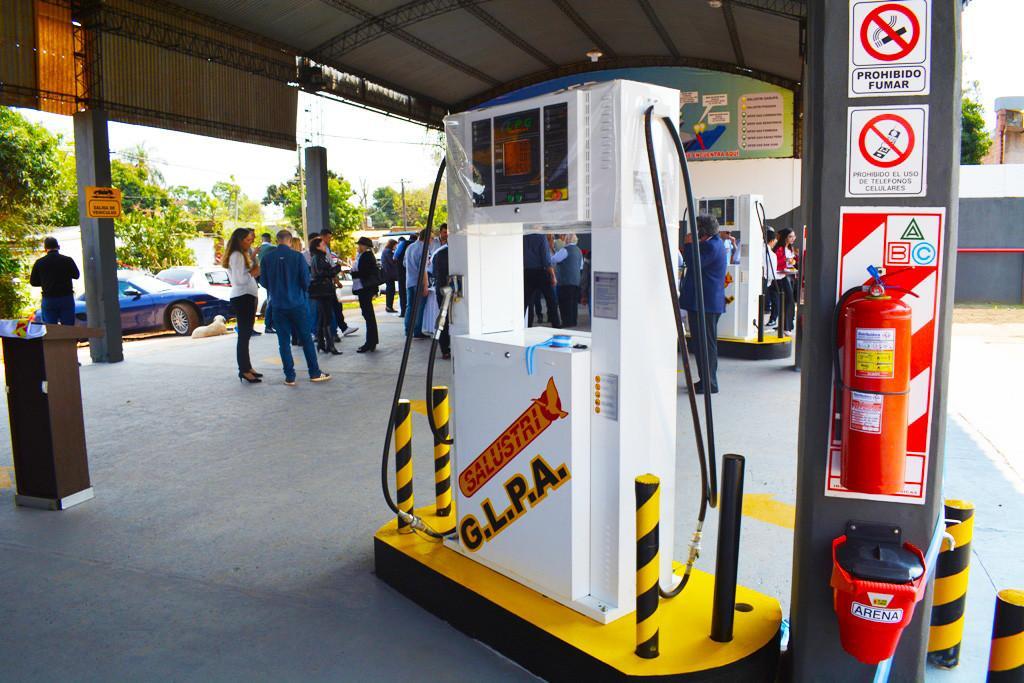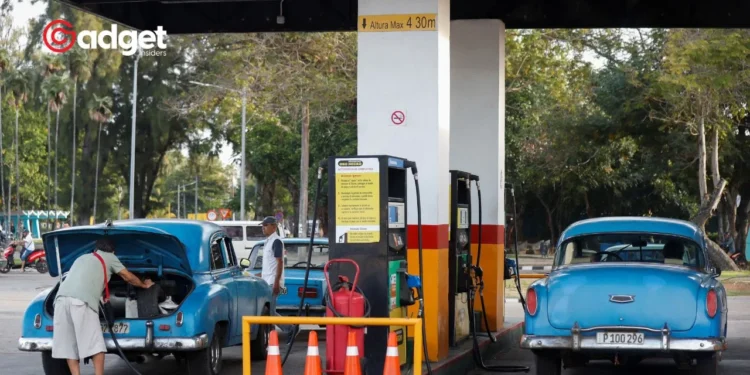As economic uncertainties continue to grip North America, gasoline prices near the U.S. border have soared to almost $7 a gallon, marking a significant spike that impacts both Canadian and American consumers alike.
In Surrey, British Columbia, a mere stone’s throw from Washington state, fuel prices have reached an astonishing 2.45 Canadian dollars per liter, approximately $6.75 per gallon, as disclosed in a recent social media update by user @Bratt_world on X (formerly Twitter).
This sharp increase stands in stark contrast to the $4.67 average in Washington and the U.S. national average of $3.67 per gallon. These figures underscore a broader trend of escalating fuel prices that have become a common pain point for motorists across the continent.

The Summer Spike: Seasonal Changes and Global Tensions
Experts attribute this rise in prices to a confluence of factors, including geopolitical tensions and seasonal shifts in gasoline blends. Alex Beene, a financial literacy instructor at the University of Tennessee at Martin, explains that the ongoing conflict in the Middle East plays a significant role in fuel market volatility, further exacerbated by the seasonal transition to more expensive gasoline blends.
“There’s also the seasonal switch from a cheaper to a more expensive blend of gasoline that’s distributed in the summer that causes a jump in fuel prices every spring and summer,” Beene said, highlighting the dual impact of global events and seasonal changes.

Furthermore, states like Texas enjoy relatively lower prices at $3.28 per gallon, while California and Hawaii bear the brunt of the highest costs at $5.45 and $4.78, respectively. Beene notes that various states and parts of Canada have introduced additional taxes on fuel earlier this year, further inflating the prices seen at the pump.
Future Forecasts: No Relief in Sight
Looking ahead, the forecast for fuel prices remains grim. Cutler Cleveland, a professor at Boston University and associate director at the Institute for Global Sustainability, points out that the price at the pump generally tracks the cost of crude oil, which has risen sharply amid ongoing tensions in the Middle East.
The summer season adds another layer of complexity as driving increases and gasoline blends shift to reduce air pollutants, often at a higher cost.
The upcoming hurricane season could also play a crucial role, with the Gulf Coast’s substantial oil infrastructure at risk from severe weather.
“Forecasters have already predicted an active hurricane season this year,” Cleveland warned, suggesting potential disruptions in oil production and refining.
Gas Hits Almost $7 Near US Border https://t.co/0WjhlIYjXi
— Stan Smith (@stanzo7788) April 22, 2024
Gasoline: The Economic Impact on Families
The economic implications of these rising fuel costs are profound, particularly for lower and middle-income families who allocate a significant portion of their budget to transportation.
Michael Ryan, a finance expert and founder of michaelryanmoney.com, predicts that prices could reach $5 per gallon this summer due to the rebounding economy and ongoing international crises.
“That’s going to sting for lower and middle-income families who spend a big chunk of their budget on fuel,” Ryan emphasized.

As gasoline prices continue to climb, consumers and policymakers alike are faced with the challenge of navigating this volatile landscape, which shows no signs of stabilizing shortly. The situation calls for a strategic approach to energy consumption and fiscal planning, as North America heads into a potentially expensive and unpredictable summer driving season.










